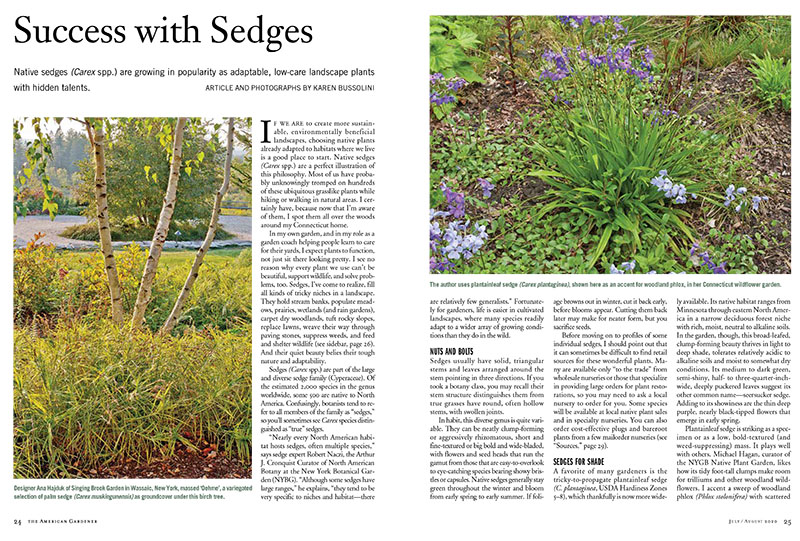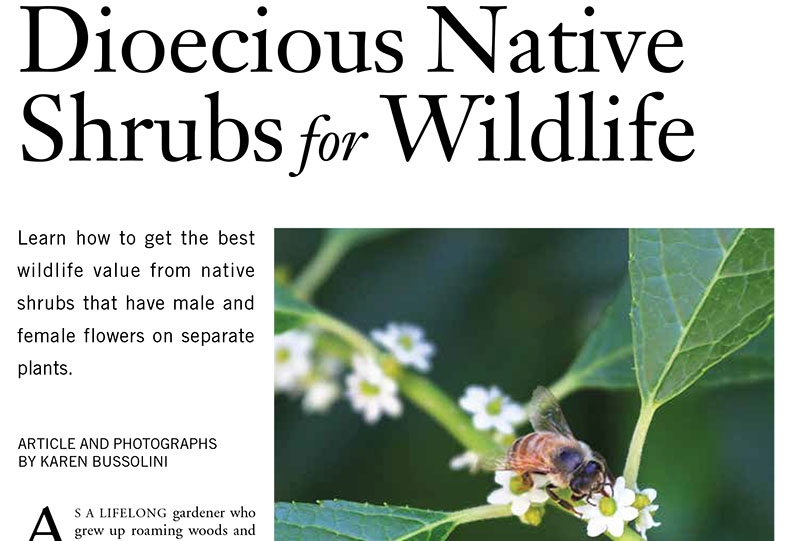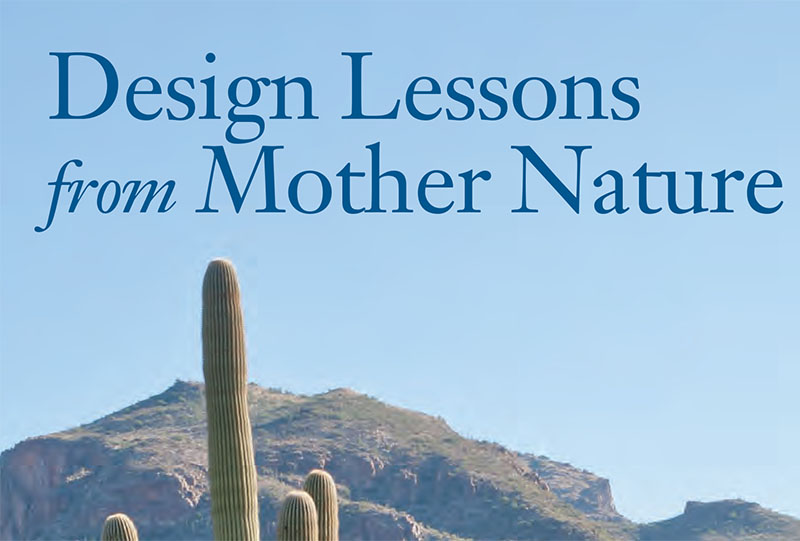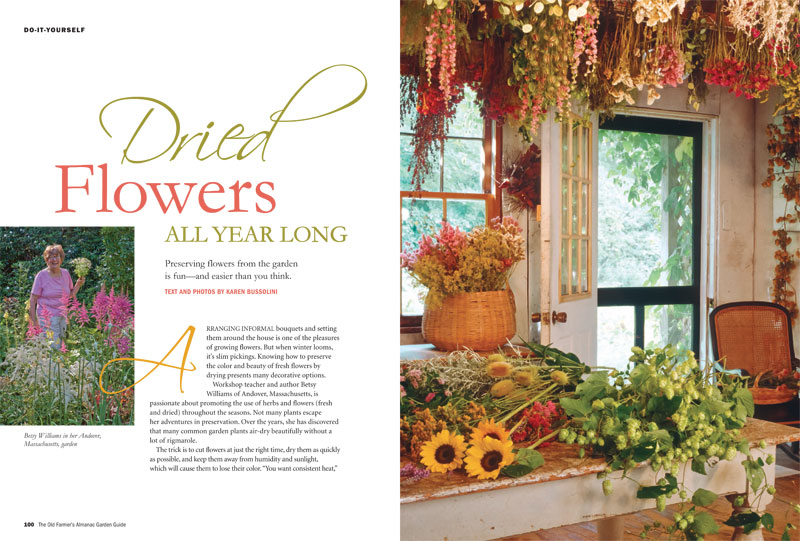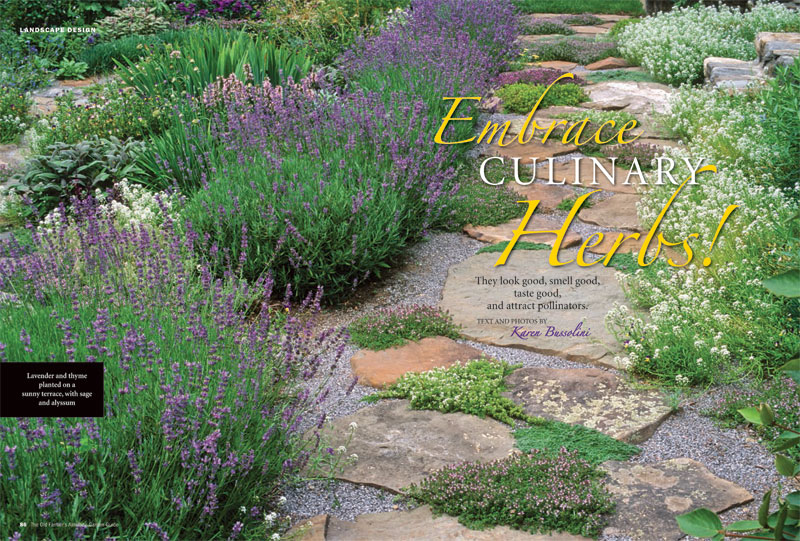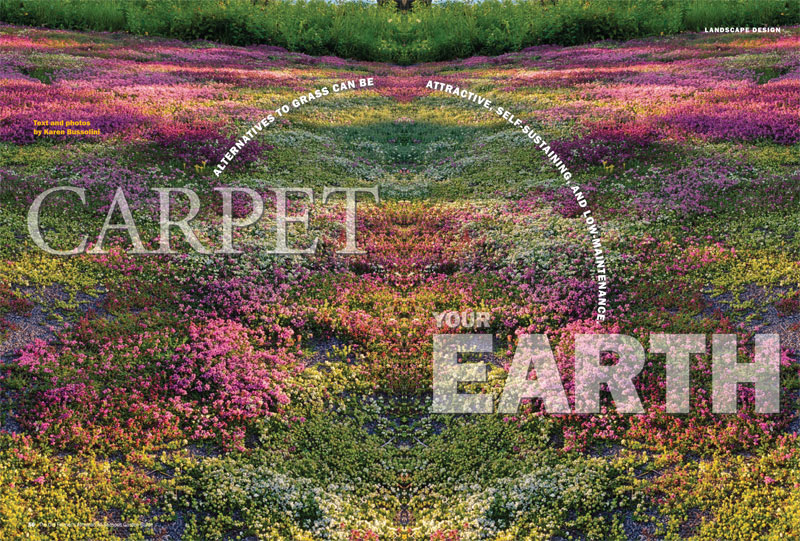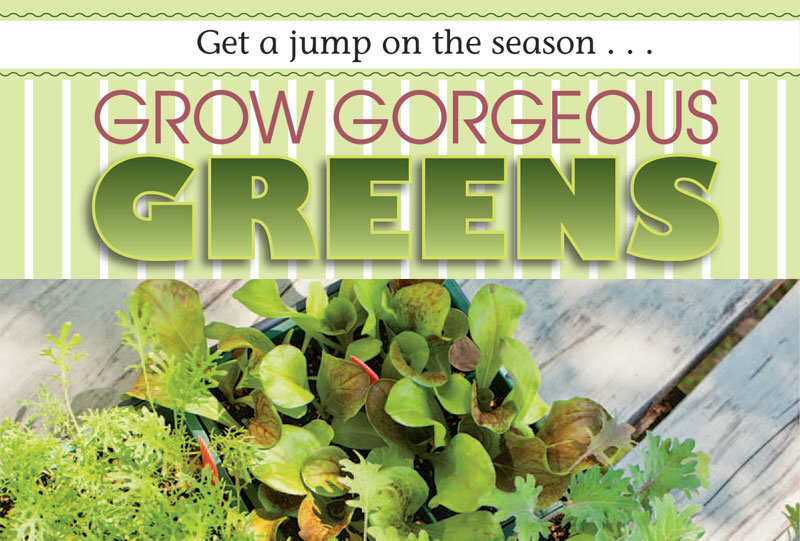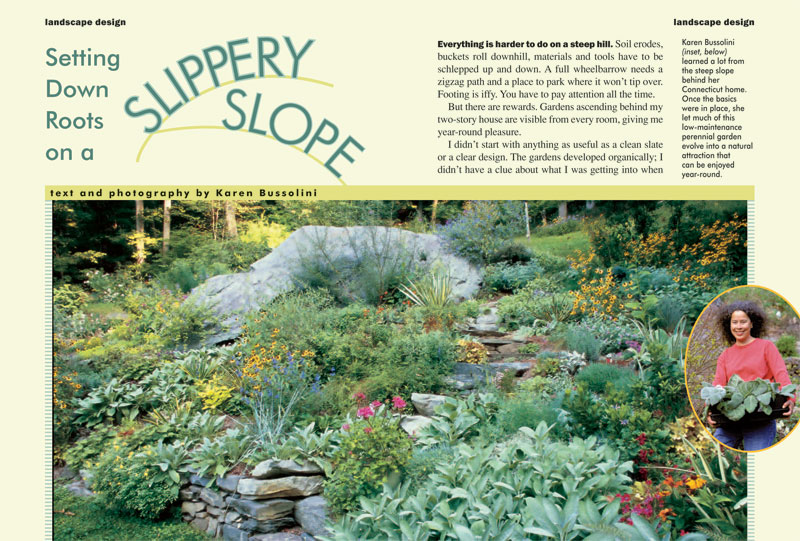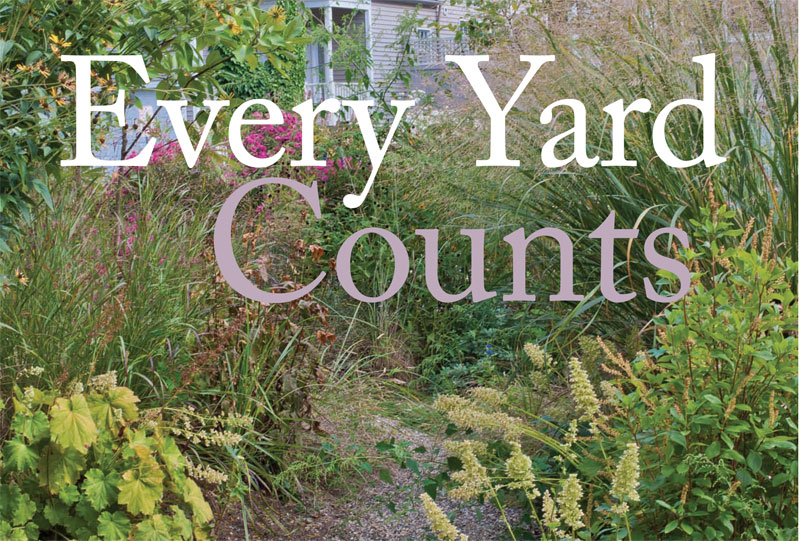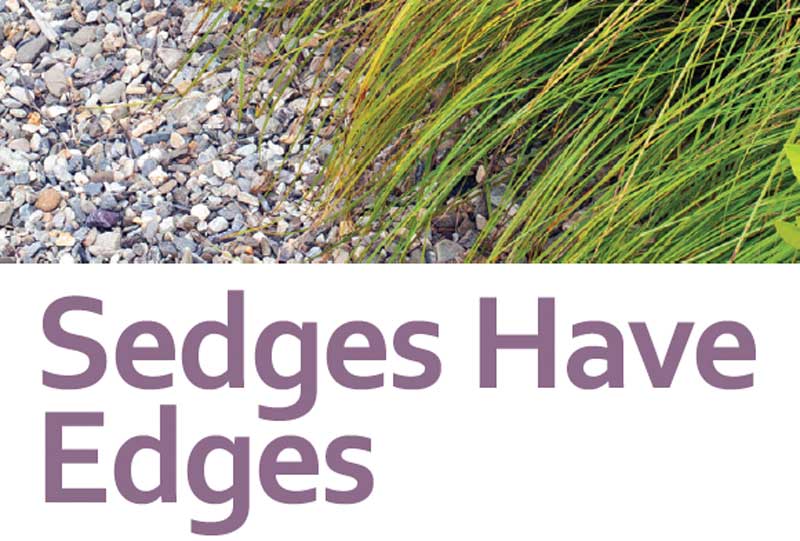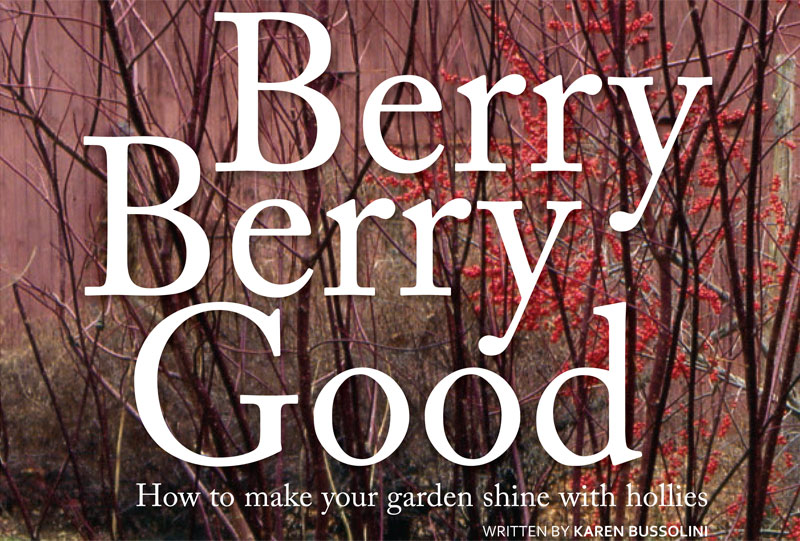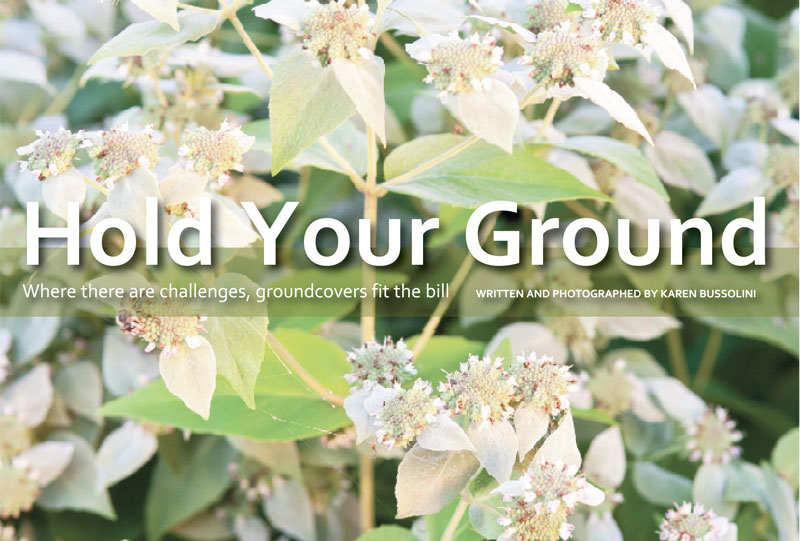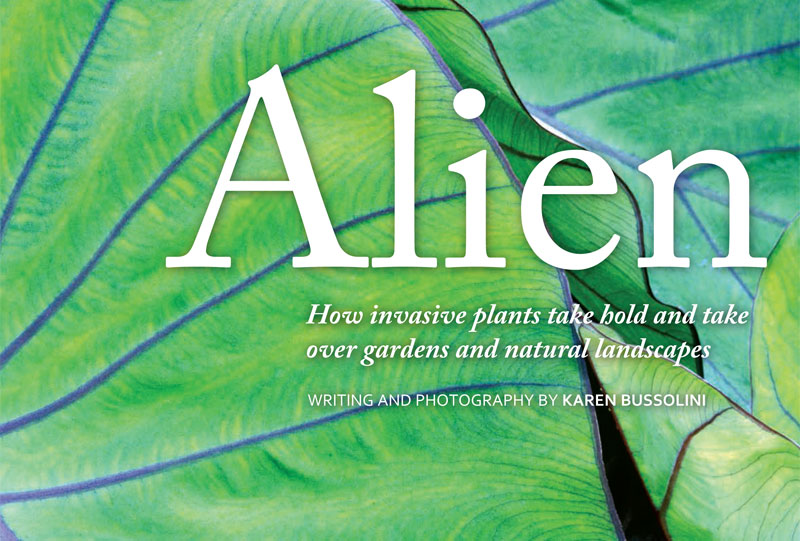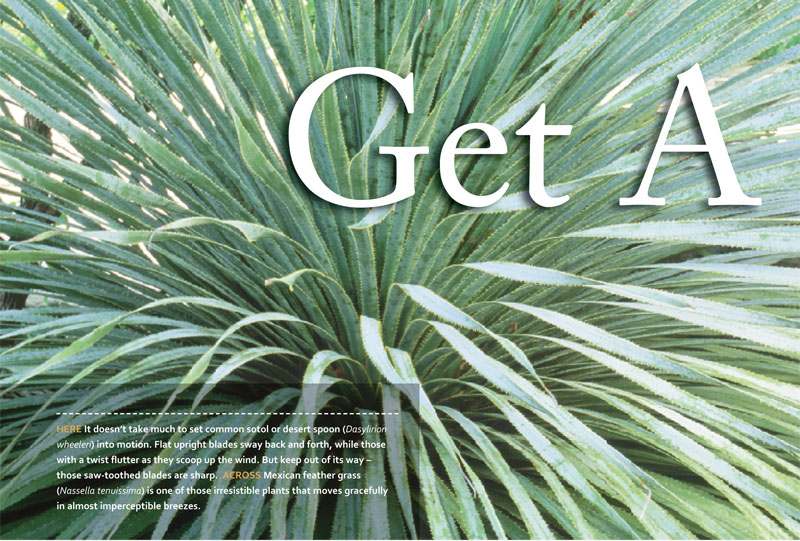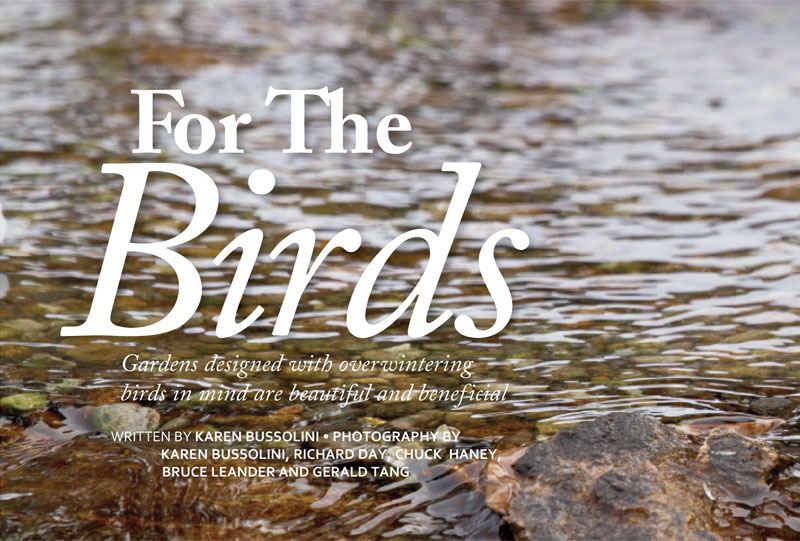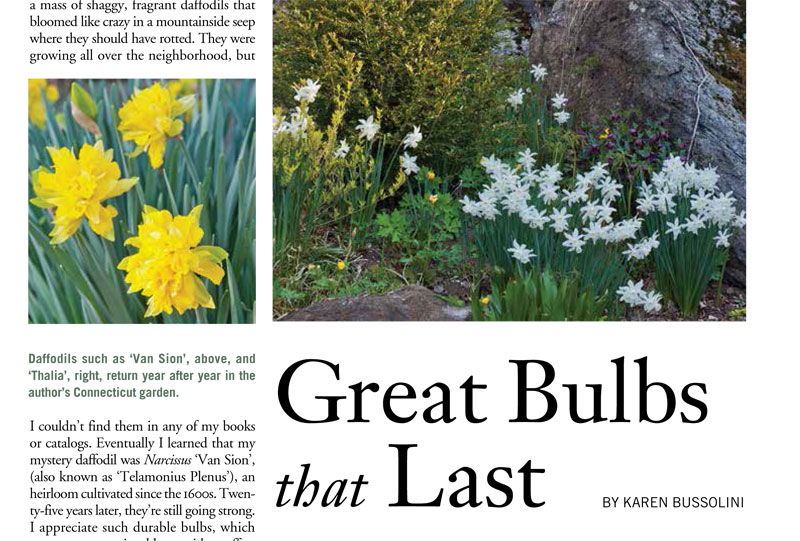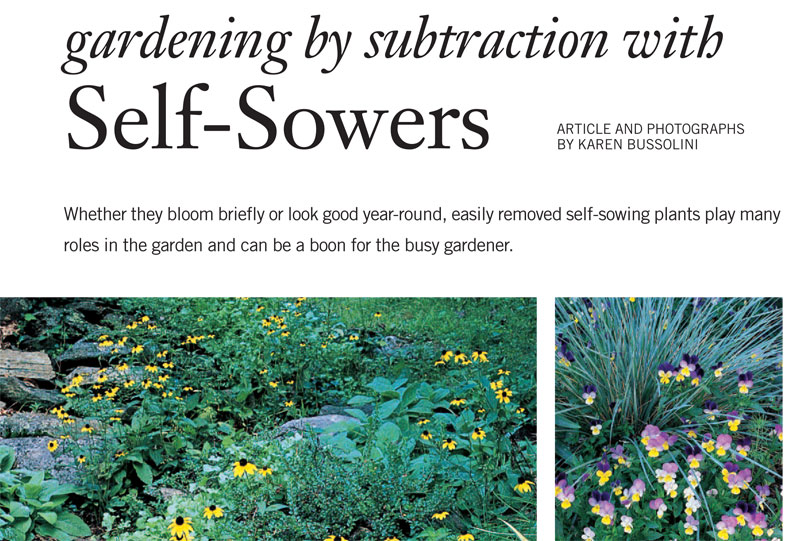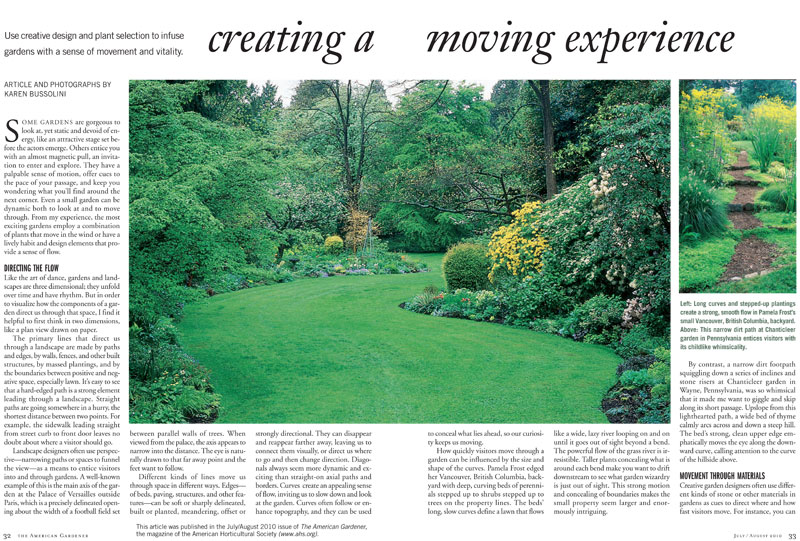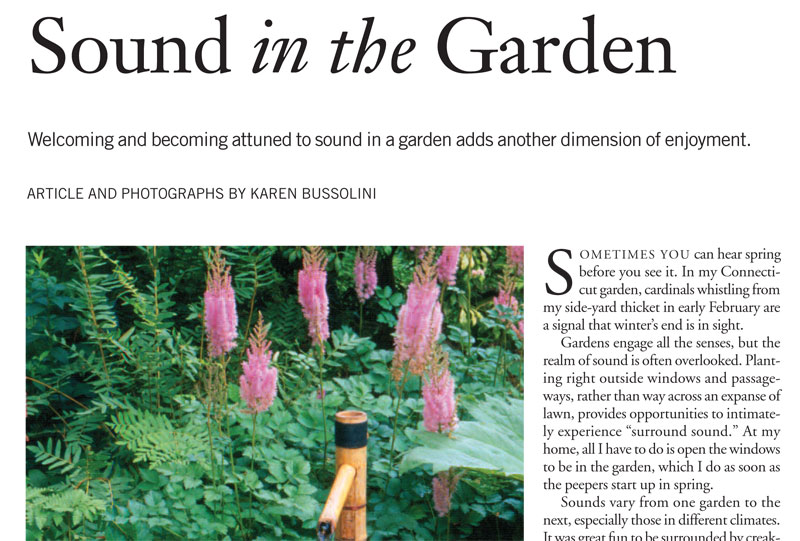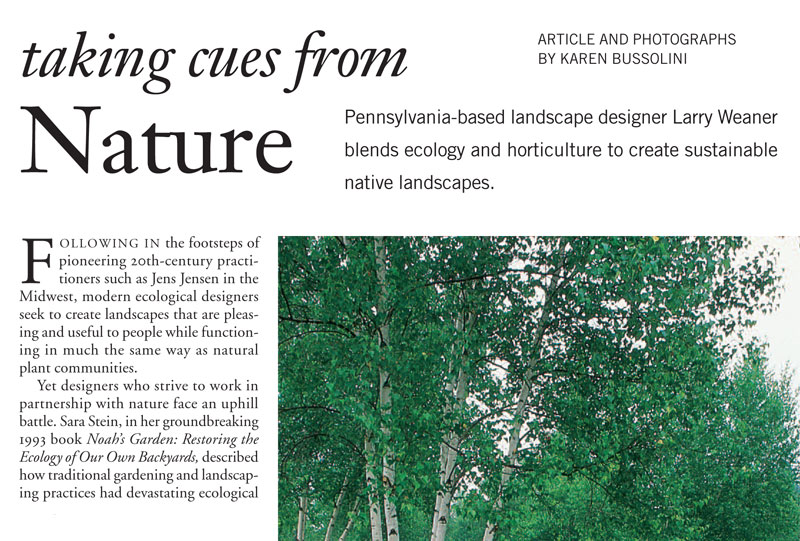PHOTO / TEXT PACKAGES
Here are some stories I developed, wrote and photographed
These magazine stories arose from my observations, commitment to organic and sustainable gardening, passion, curiosity, random encounters and hard-earned experience in gardens and kitchens, on the road and in nature.
Success with Sedges
The American Gardener
Native sedges (Carex spp.) are growing in popularity as adaptable, low-care landscape plants with hidden talents.
Dioecious Native Shrubs for Wildlife
The American Gardener
Learn how to get the best wildlife value from shrubs that have male and female flowers on separate plants,
Design Lessons from Mother Nature
The American Gardener
Understanding how plants adapt to their ecosystems can give you an edge when designing your garden.
Dried Flowers All Year Long
Old Farmer’s Almanac Garden Guide
Dried flower expert Betsy Williams collects and preserves flowers from spring, summer and fall to brighten winter days with dried flower arrangement.
Embrace Culinary Herbs
Old Farmer’s Almanac Garden Guide
Culinary herbs look good, smell good, taste good and attract pollinators and other beneficial insects, so don’t hide them in the herb garden, use them throughout the landscape. (A new talk on this topic is in development, so stay tuned)
Carpet Your Earth
Old Farmer’s Almanac Garden Guide
There’s no need to plant invasive or boring groundcovers with these attractive, problem-solving garden-worthy colonizers.
Grow Gorgeous Greens
Old Farmer’s Almanac Garden Guide
Cold-hardy greens that prefer cool weather give me the fixings for salads and healthful, delicious stir fries, soups and casseroles well into winter and again in early spring. Sometimes fall plantings even overwinter, right under the snow.
Setting Down Roots on a Slippery Slope
Old Farmer’s Almanac Garden Guide
When I call my back yard a garden for mountain goats, people think I’m kidding until they see for themselves. Here are tips, tricks and strategies for gardening on a slope, and how I learned to make an uphill struggle easier.
Every Yard Counts
Wildflower
(The Lady Bird Johnson Wildflower Center)
Sustainable landscaping isn’t so hard, and every yard can have a positive environmental effect. Here’s how I transformed a sterile front yard in a suburban neighborhood into a beneficial and beautiful habitat for wildlife and people alike. This is my manifesto and life’s purpose as an eco-friendly garden coach – anyone can do it!
Sedges Have Edges
Wildflower
(The Lady Bird Johnson Wildflower Center)
There is niche for a native sedge in just about any landscape, from dry shade to sopping wet and sunny spots. Explore using these graceful grass-like workhorses as specimens, ground covers, shady lawns, under-plantings or streambank-holding erosion control.
Berry Berry Good
Wildflower
(The Lady Bird Johnson Wildflower Center)
Native holly trees and shrubs provide winter interest, cheer up dark days and provide food and cover for birds and other wildlife.
Hold Your Ground
Wildflower
(The Lady Bird Johnson Wildflower Center)
Filling every niche with a native plant to cover ground is an important part of sustainable landscaping. Problem spots and tricky niches can become low maintenance wildlife friendly places of beauty with the right plant in the right place.
Alien Invaders
Wildflower
(The Lady Bird Johnson Wildflower Center)
Invasive plants aren’t just garden thugs, they displace native plants and the wildlife that depends on them, change growing conditions and disrupt entire ecosystems. Here’s how to recognize and manage some bad actors.
Get A Move On
Wildflower
(The Lady Bird Johnson Wildflower Center)
Some plants just sit there and don’t do anything. Others move with the slightest breeze, or have such dynamic character that they look like they’re moving even when they’re not. Here are some of my favorite native plants that add pizzazz and a sense of movement to any garden.
For the Birds
Wildflower
(The Lady Bird Johnson Wildflower Center)
How to sustain birds through the winter? With a little planning and lots of native plants, any yard can be a richly diverse bird habitat cleverly disguised as a pleasing home landscape, even during the coldest months.
Great Bulbs That Last
The American Gardener
(The American Horticultural Society)
Ecological landscaping means conserving resources, including our own time. Fill every niche and plant a layered landscape so there’s no room for weeds, and you get to enjoy beauty in all seasons. Bulbs that get eaten or wimp out after a year or so aren’t my idea of low-maintenance energy efficient landscaping, so I’ve come to treasure bulbs that last, perennial bulbs that increase over time. Plant these survivors in the right place and enjoy spring flowering bulbs year after year.
Gardening by Subtraction With Self-Sowers
The American Gardener
(The American Horticultural Society)
I increasingly value plants that self-sow to fill empty spaces in the garden. They make unexpected color combinations, provide seeds for wildlife and increase genetic diversity. My reliable favorites germinate year after year without becoming pests, and are easy to pull out where I don’t want them. Great gardeners and ecological landscapers share tips on good plants for naturalizing and tips for encouraging them to germinate.
Creating a Moving Experience
The American Gardener
(The American Horticultural Society)
Some gardens have an almost magnetic pull. They invite you to enter, direct pace of passage, draw you through various spatial experiences and keep you wondering what’s around the next curve. The most exciting gardens combine plants that move or have dynamic gestures plus design elements that create a sense of flow.
Sound in the Garden
The American Gardener
(The American Horticultural Society)
Gardens are an all-out sensory experience. Much attention is paid to cultivating the visual aspects and scent in the garden. But I’ve noticed that many of my garden travel memories are sound-memories. Paying attention to sound while visiting gardens across the country and talking with their creators (about sound versus noise, for instance) made me appreciate the soundscape at home and inspired me to create opportunities for experiencing sound through the seasons in my own garden.
Taking Cues From Nature
The American Gardener
(The American Horticultural Society)
Ecological landscape designer Larry Weaner has one foot firmly planted in the world of horticulture and one in the science of ecology. He creates artful self-sustaining communities of native plants in partnership with nature and is changing the way we all think about gardens. Look for his new book, Garden Revolution, to which I’m proud to have contributed photographs.
